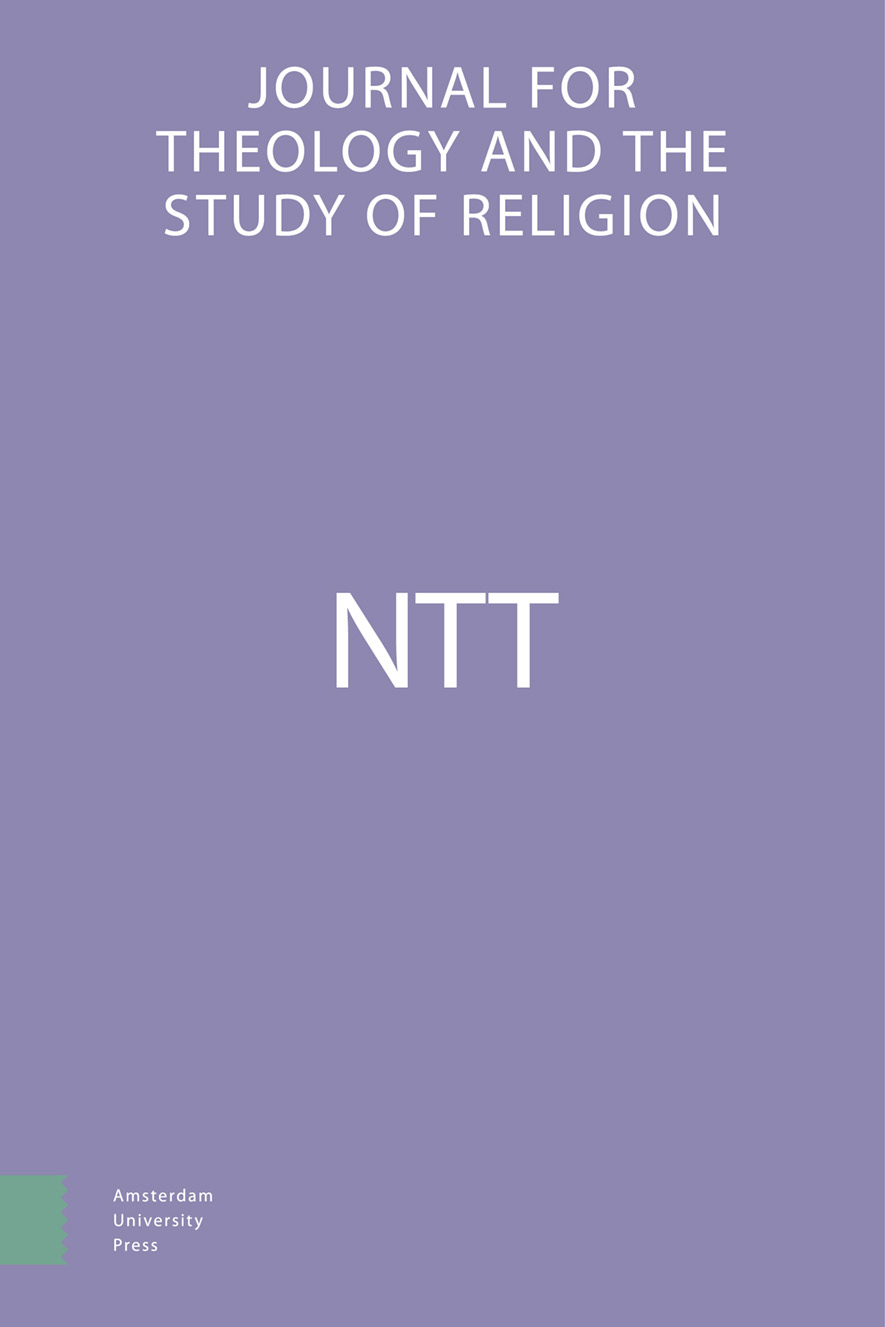-
oa ‘I Must Also See Rome’ (Acts 19:21)
Eyewitness Discourse in Luke and Acts
- Amsterdam University Press
- Source: NTT Journal for Theology and the Study of Religion, Volume 75, Issue 2, Jun 2021, p. 197 - 211
Abstract
This article discusses eyewitnessing as a literary motif in Luke and Acts. Both writings position themselves within a scientific-historiographical tradition which conceives of eyewitness testimony as the most reliable source of knowledge. Hence, both Luke and Acts bolster the trustworthiness of their contents by presenting it as going back to eyewitness testimonies by e.g. the shepherds in Luke 2 and the women and disciples in Luke 24. Aside from this inclusio of eyewitnesses, the repeated expression ‘what we/you/they have seen and heard’ embodies the centrality of eyewitnessing in Luke’s and Acts’s accounts. The second section of the article connects the development of an eyewitness perspective in Acts with notions of space and memory. In that section I argue that the combination of spatial description and autopsy language in Acts serves to create literary memories of David’s tomb, the Areopagus, and the city of Rome.


